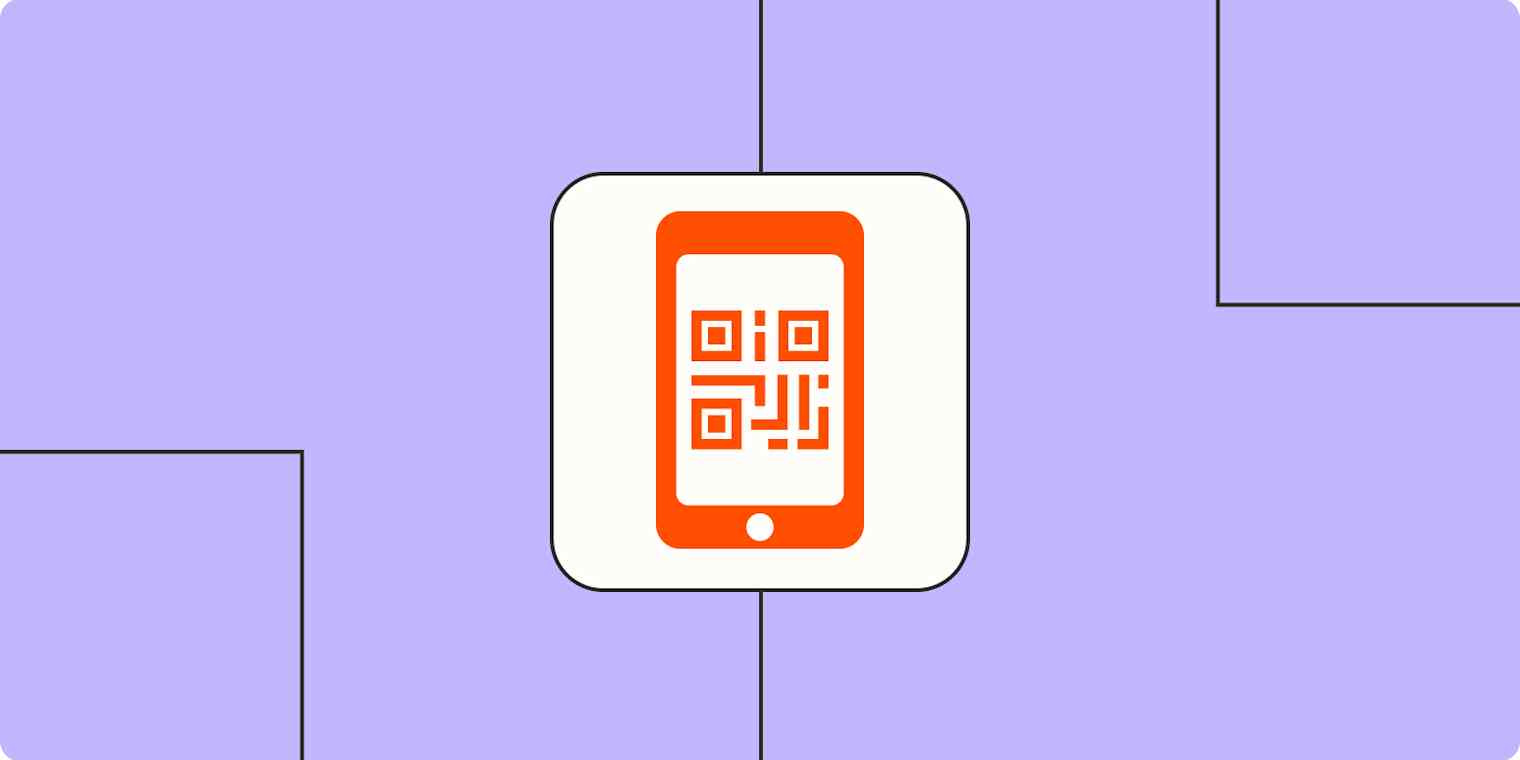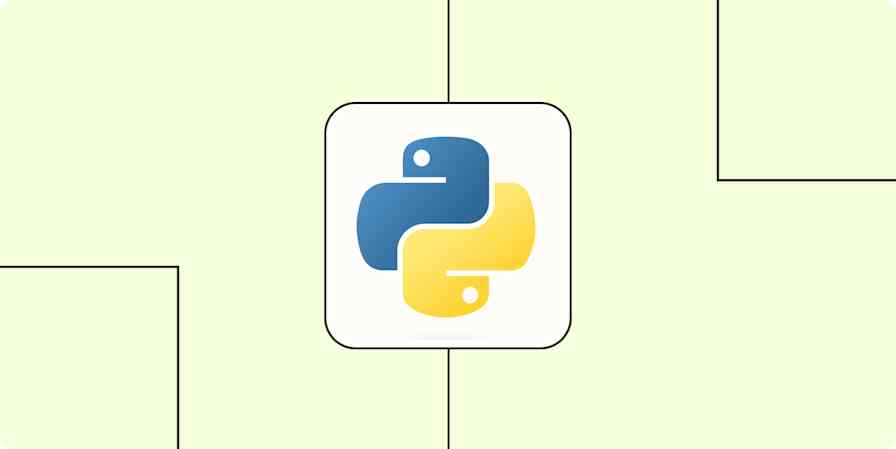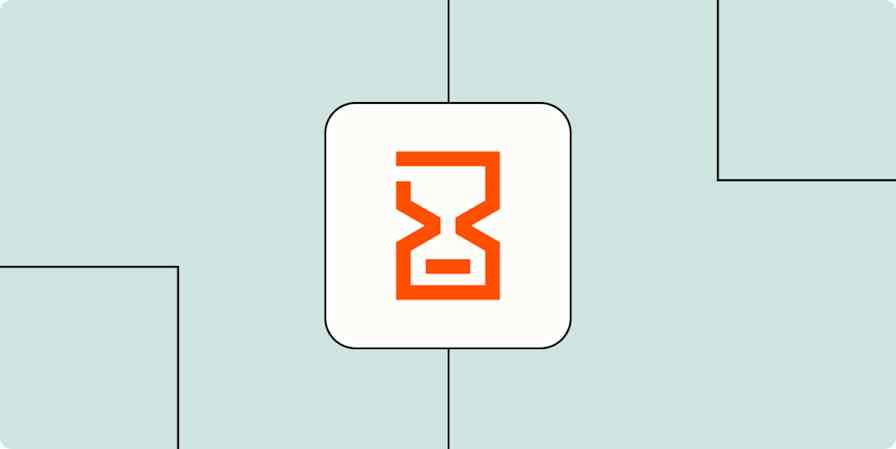Automation inspiration
7 min readHow to trigger automation from QR codes and NFC tags with Zapier
By Matthew Guay · April 3, 2023

Get productivity tips delivered straight to your inbox
We’ll email you 1-3 times per week—and never share your information.
tags
mentioned apps
Related articles
Improve your productivity automatically. Use Zapier to get your apps working together.







